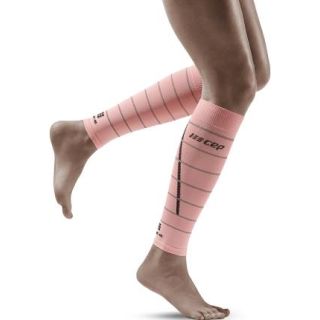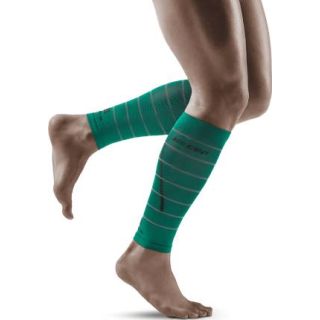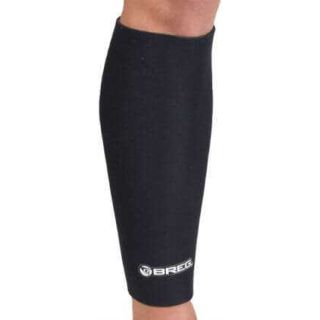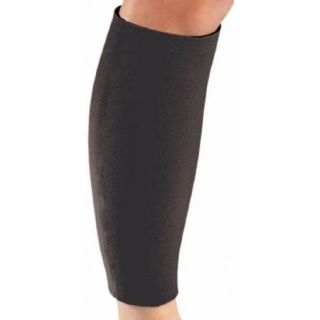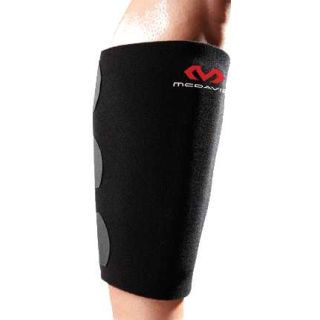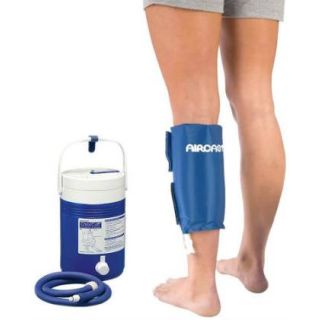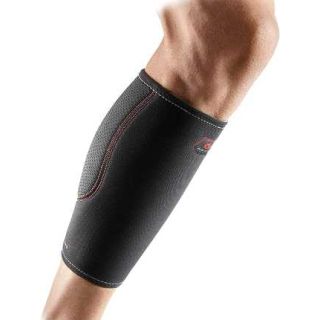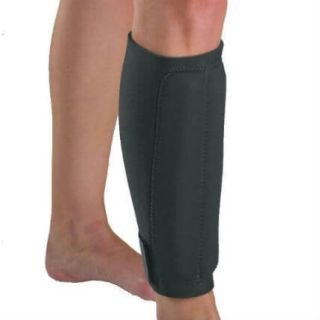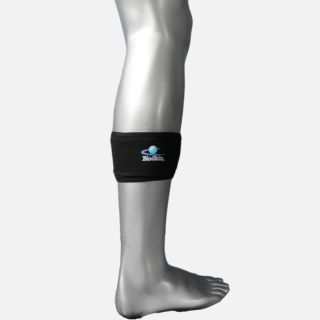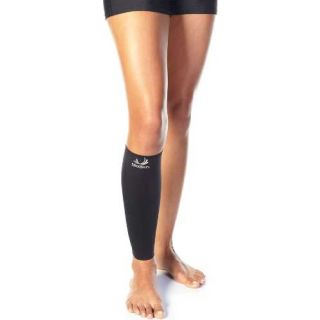Best Compression Sleeve/Calf Support Fot Strained Calf Torn Muscle
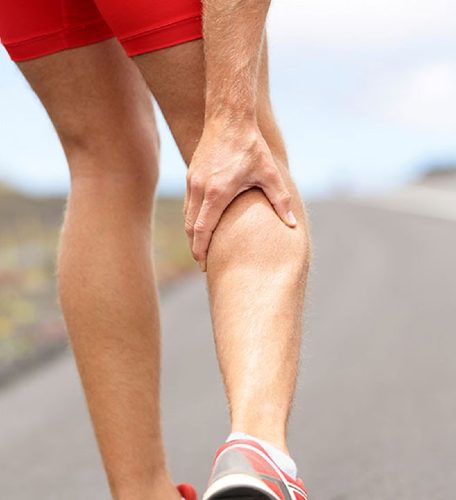
Finding the Right Support: Compression Sleeves for Strained Calves and Supports for Torn Muscles
Calf muscle injuries are a common ailment for athletes, active individuals, and even those who lead more sedentary lives. Calf injuries, whether they cause sudden sharp pain or slowly get tighter after exercise, can make it much harder to move around and enjoy life.
Understanding the difference between a strained and a torn calf muscle is crucial for choosing the best compression sleeve for a strained calf muscle and facilitating effective healing.
This article will delve into the world of compression sleeves for strained calf muscles and calf supports for torn muscles, highlighting their benefits, key features to consider, and how to find the best calf support for a torn muscle.
Understanding the Injury: Strain vs. Tear
Before exploring support options, it's essential to differentiate between a calf strain and a calf tear.
Calf Strain: A calf strain involves the overstretching or tearing of muscle fibers in the calf. This can range from a mild Grade 1 strain with minimal fiber damage to a more severe Grade 3 strain with a significant tear.
Strains often occur due to sudden acceleration, changes in direction, or overexertion without proper warm-up. Symptoms typically include pain, tenderness, muscle tightness, and potential mild swelling. You might experience difficulty pointing your toes or rising onto your toes.
Calf Tear: A calf tear involves a more significant rupture of the muscle fibers. This can be a partial tear or a complete rupture of the muscle. Tears often result from forceful, sudden contractions or high-impact activities.
Symptoms are usually more intense than a strain, including sudden, sharp pain, significant swelling and bruising, a noticeable gap or deformity in the muscle, and difficulty or inability to bear weight or move the foot. A torn calf muscle often requires medical attention and a more extensive recovery period.
The Role of Compression Sleeves for Strained Calf Muscles
For a strained calf muscle, a compression sleeve can be a valuable tool in the recovery process. These sleeves are typically made of elastic materials like nylon, spandex, or neoprene and are designed to apply gentle pressure or graduated compression to the calf area. They're commonly used to reduce achilles tendon pain and discomfort from having shin splints.
Benefits of Compression Sleeves for Strained Calves:
- Reduced Swelling and Inflammation: Compression helps to improve blood circulation and lymphatic drainage, which can reduce swelling and inflammation in the injured area. This can relieve pain and promote healing.
- Improved Blood Flow: The gentle pressure increases blood flow to the injured muscle, delivering essential nutrients and oxygen while removing waste products. This enhanced circulation can accelerate the healing process.
- Muscle Support and Stability: Compression calf sleeves provide support to the strained muscle, helping to stabilize it and prevent further injury during movement. This can be particularly beneficial when returning to light activity.
- Pain Management: The compression can help to reduce pain by providing external support and limiting excessive muscle movement. It can also have a proprioceptive effect, improving your awareness of your body's position and movement.
- Faster Recovery: By addressing swelling, improving circulation/reducing lactic acid, and providing support, leg compression sleeves can contribute to a faster and more comfortable recovery from a calf strain.
Key Features to Consider When Choosing a Compression Sleeve for a Strained Calf:
- Material: Look for breathable, moisture-wicking materials that will keep your leg dry and comfortable, especially during activity. Common options include nylon and spandex blends.
- Compression Level: Compression levels are often measured in millimeters of mercury (mmHg). For a strained calf, a moderate medical-grade compression level (around 15-20 mmHg or 20-30 mmHg) is generally recommended. Avoid compression bandages that are excessively tight, as they can restrict blood flow.
- Fit and Size: Ensure the sleeve fits snugly but not too tightly. It should cover the affected area comfortably without slipping or bunching. Measure your calf circumference according to the manufacturer's sizing guide to select the appropriate size.
- Length: Most calf compression sleeves extend from just below the knee to just above the ankle, providing comprehensive support to the calf muscle.
- Durability: Choose a sleeve made from high-quality materials that can withstand regular use and washing. Check reviews for feedback on the sleeve's longevity.
- Activity Level: If you plan to wear the sleeve during exercise, consider options designed for athletic performance that offer enhanced breathability and support.
The Role of Calf Supports for Torn Muscles
When dealing with a torn calf muscle, the focus shifts towards providing more substantial support and immobilization to facilitate healing. Compression helps with swelling, but the main goal is to stop movement and prevent more damage. This is where calf supports, often more rigid or structured than simple compression sleeves, come into play.
Benefits of Calf Supports for Torn Muscles:
- Immobilization and Protection: Calf supports, especially those with adjustable straps or more rigid designs, help to immobilize the injured muscle, preventing excessive movement that could hinder healing or cause further tearing.
- Pain Reduction: By limiting movement and providing external support, these supports can significantly reduce pain and discomfort associated with a torn muscle.
- Reduced Muscle Strain: The support helps to offload the injured muscle, reducing strain and allowing the torn fibers to heal properly.
- Support for Weight-Bearing: Depending on the severity of the tear, some calf supports can provide enough stability to aid in partial or full weight-bearing, as advised by a medical professional.
- Management of Swelling and Bruising: Many calf supports incorporate compression elements that can help to manage swelling and bruising associated with a torn muscle.
Key Features to Consider When Choosing a Calf Support for a Torn Muscle:
- Level of Support: For a torn muscle, you'll likely need a higher level of support than a standard compression sleeve. Look for supports with adjustable straps, neoprene wraps, or even more rigid splint-like designs, depending on the severity of the tear and your doctor's recommendations.
- Adjustability: The ability to adjust the tightness and level of support is crucial for a torn muscle. Look for supports with secure Velcro straps or other adjustable closures that allow you to customize the fit and compression.
- Coverage: Calf supports for tears often cover a larger area of the calf than compression sleeves, providing more comprehensive immobilization and support.
- Material: Materials like neoprene offer good insulation and compression, while more rigid supports may incorporate plastic or metal stays for added stability. Consider breathability and comfort, especially if you need to wear the support for extended periods.
- Comfort: While immobilization is key, comfort is also important for compliance. Look for supports with padding or soft linings to minimize irritation and chafing.
- Medical Guidance: It is crucial to consult with a doctor or physical therapist before choosing a calf support for a torn muscle. They will be able to assess the severity of your injury and recommend the most appropriate type and level of support.
Compression Sleeve vs. Calf Support: Key Differences
While both compression sleeves and calf supports aim to aid in the recovery of calf injuries, they serve different primary purposes:
- Compression Sleeves: Primarily focus on providing gentle compression to reduce swelling, improve circulation, and offer mild support for strained muscles. They are often used during activity or for ongoing support during recovery.
- Calf Supports: Primarily focus on providing more substantial support and immobilization for torn muscles. They often feature adjustable straps or more rigid designs to limit movement and promote healing.
General Tips for Recovery:
Regardless of whether you have a strained or torn calf muscle, remember these general tips for recovery:
- Rest: Avoid activities that aggravate your pain. Allow your muscle time to heal.
- Ice: Apply ice packs to the injured area for 15-20 minutes several times a day to reduce swelling and pain.
- Compression: Use a compression sleeve for strains or a calf support for tears as recommended.
- Elevation: Keep your leg elevated above your heart as much as possible to help reduce swelling.
- Seek Medical Advice: For any significant calf injury, especially if you suspect a tear, consult with a doctor for proper diagnosis and a personalized treatment plan.
- Follow Rehabilitation Instructions: If recommended by your doctor or physical therapist, follow their instructions for gradual stretching and strengthening exercises to regain full function.
Conclusion:
Choosing the right support for your calf injury is essential for effective healing and a timely return to activity.
For a strained calf muscle, a quality compression sleeve can provide valuable benefits in terms of reducing swelling, improving circulation, and offering mild support. When dealing with a torn calf muscle, a more substantial calf support designed for immobilization and pain reduction is typically necessary.
Always prioritize consulting with a healthcare professional for a proper diagnosis and personalized recommendations. By understanding the differences between compression sleeves and calf supports and considering the key features discussed, you can make an informed decision and take the necessary steps towards a successful recovery.
Remember, proper support from a calf muscle strain brace, combined with rest, ice, and appropriate rehabilitation, will help you get back on your feet and moving again safely and effectively.

